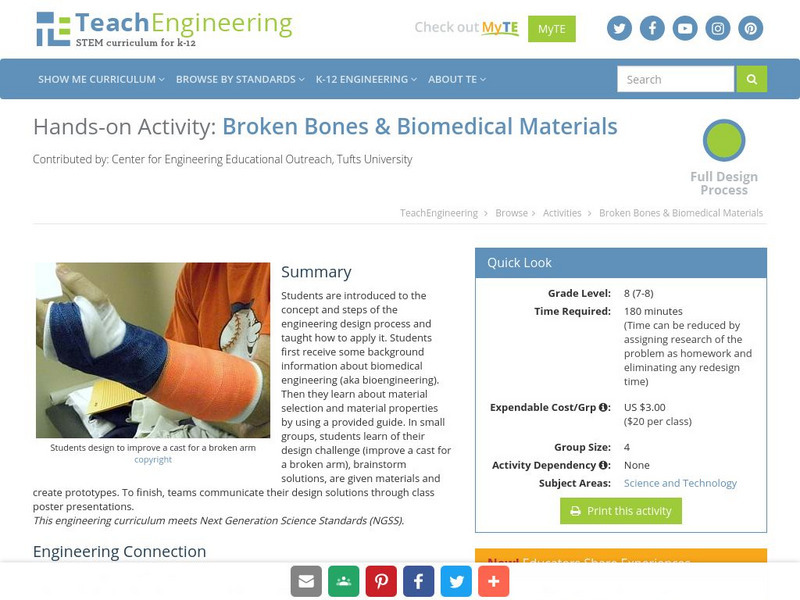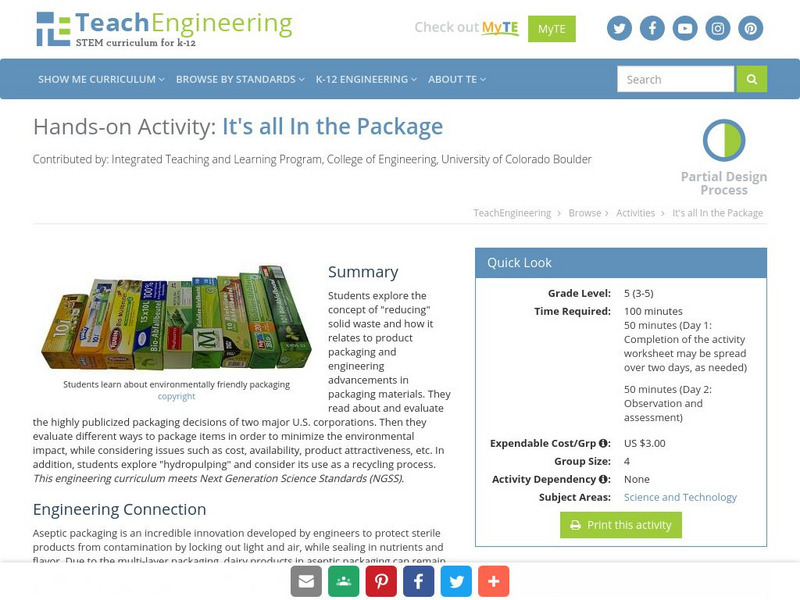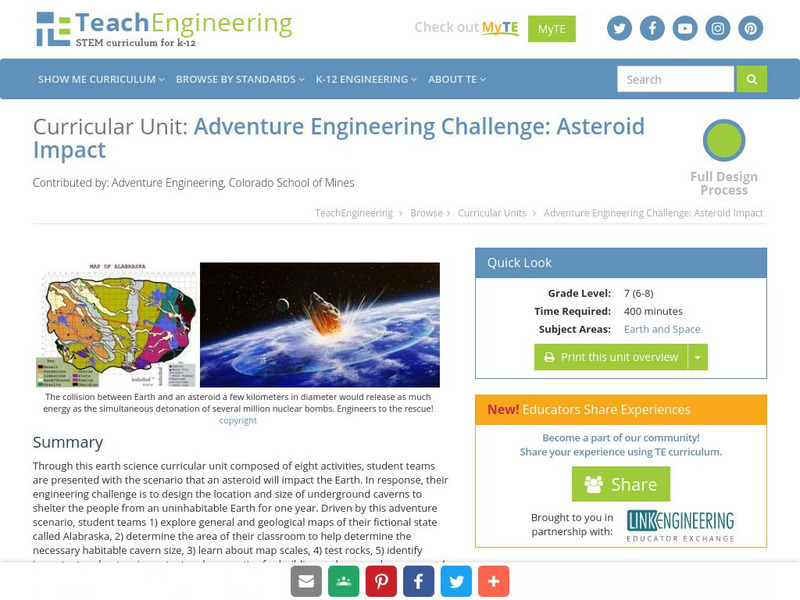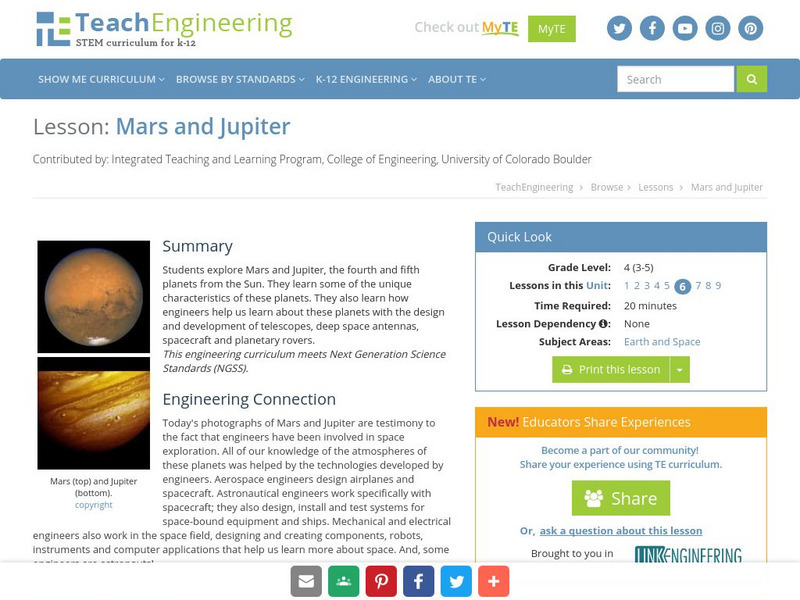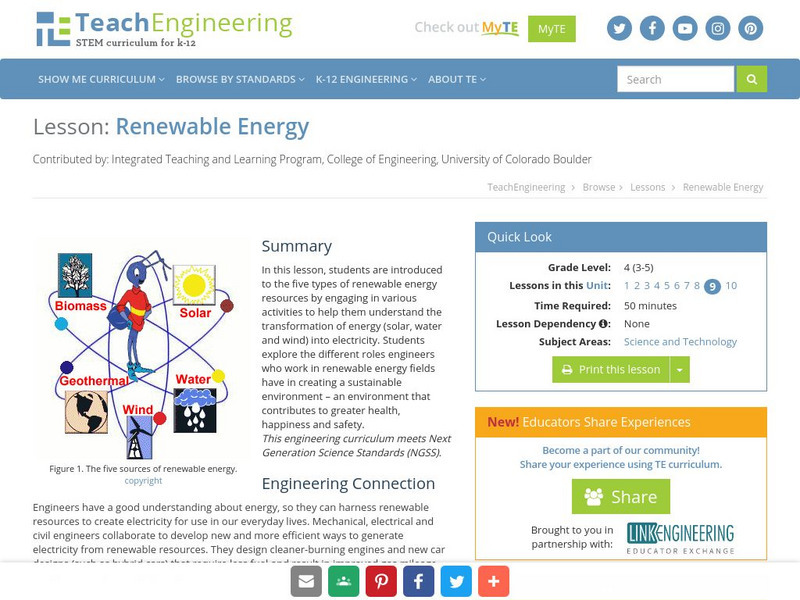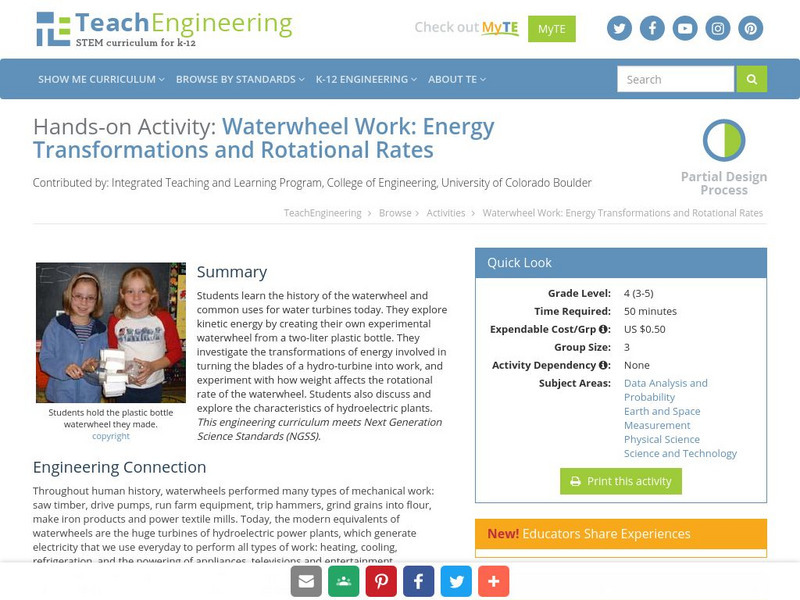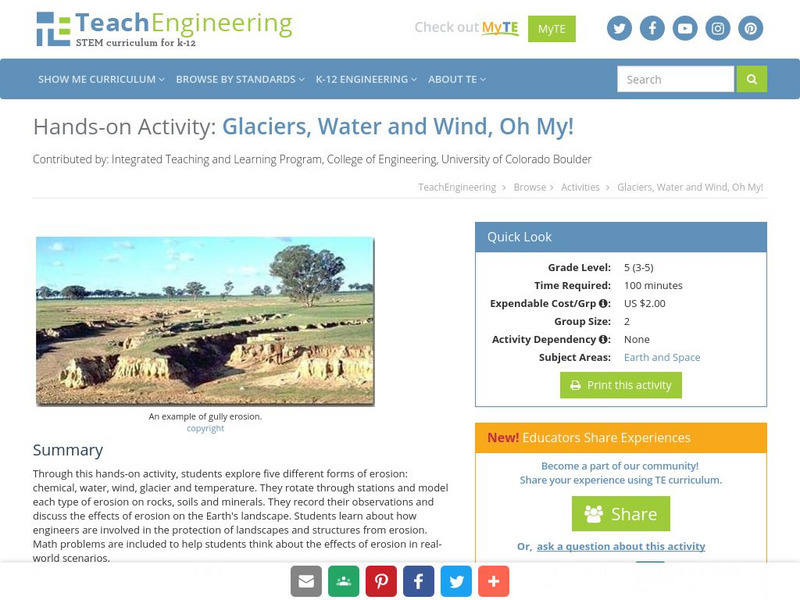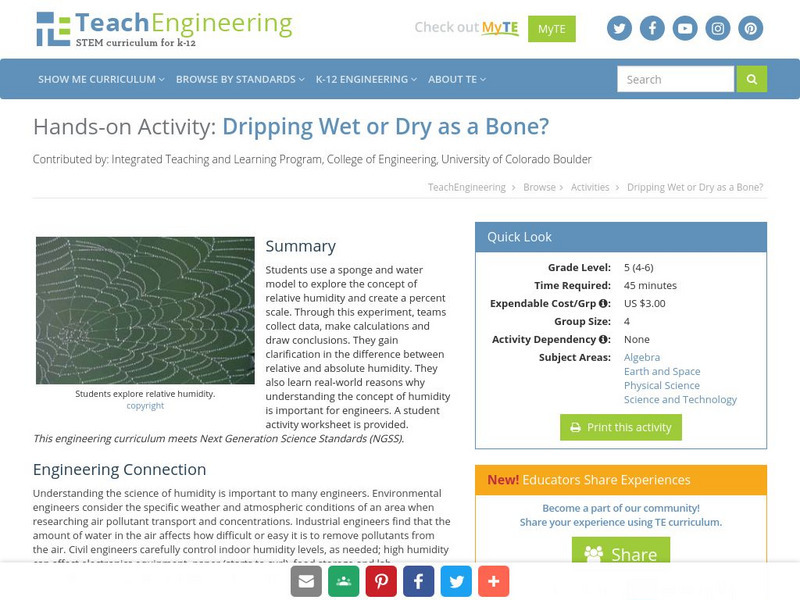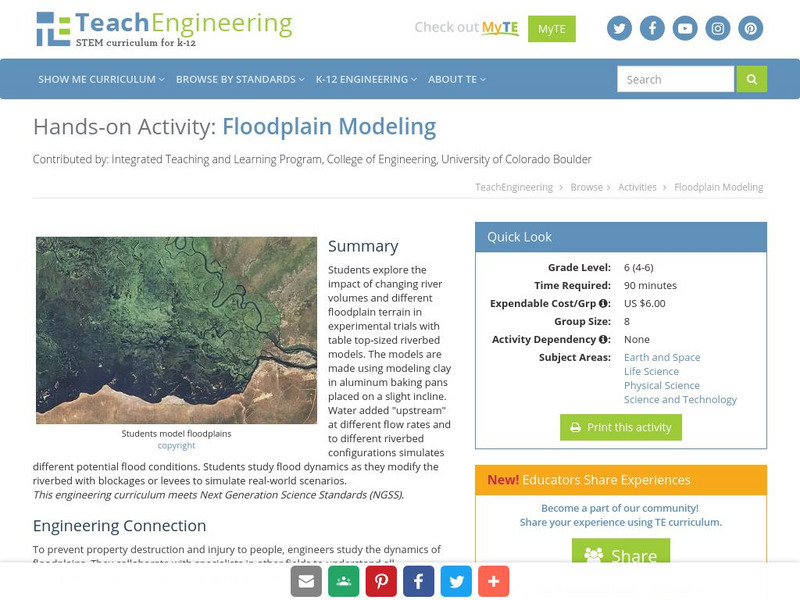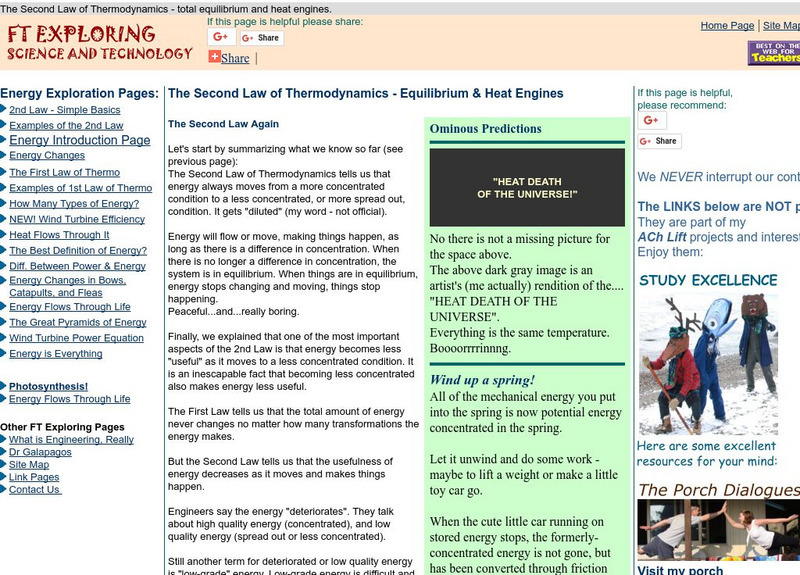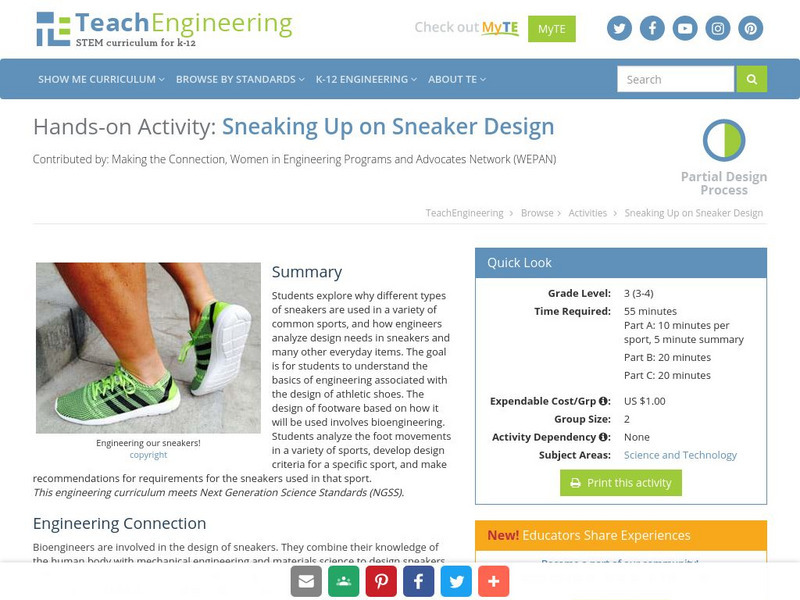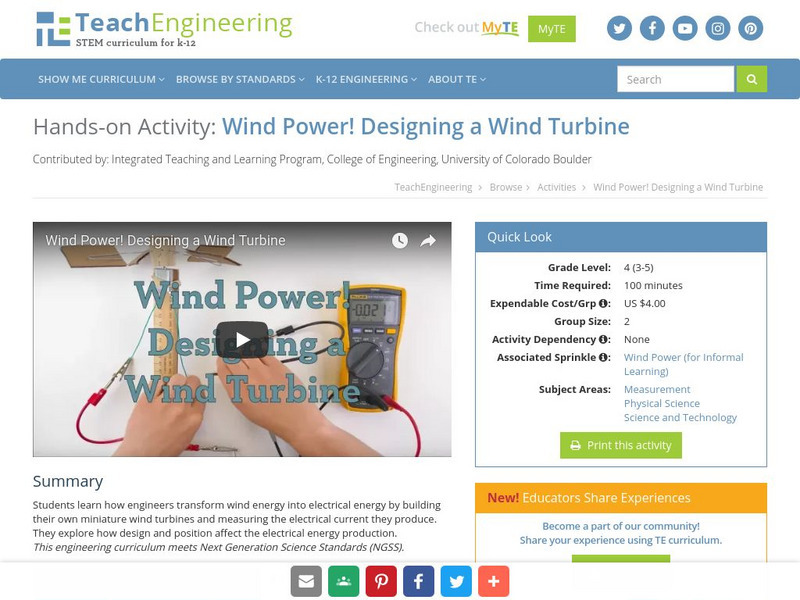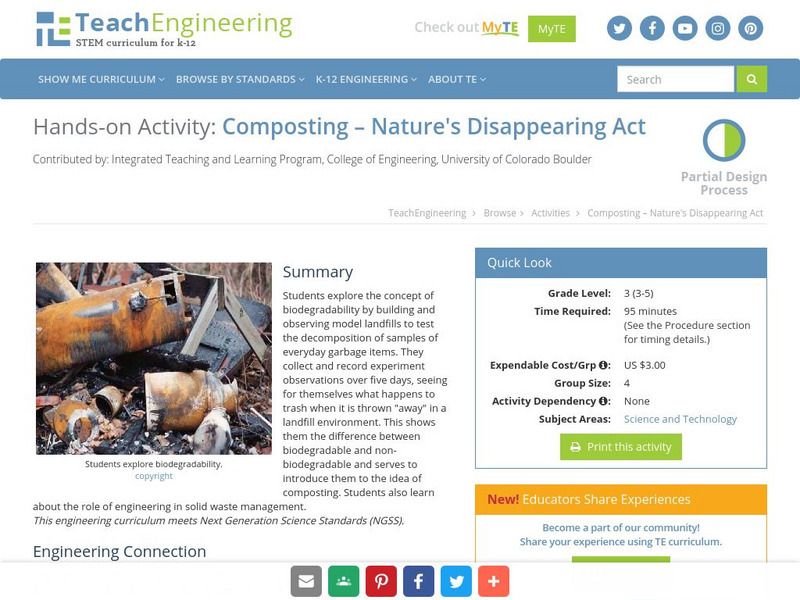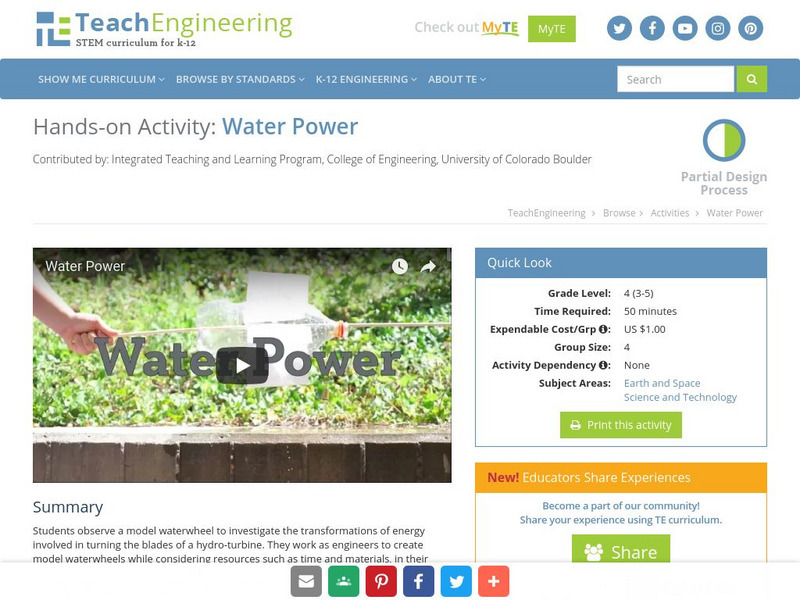TeachEngineering
Teach Engineering: Broken Bones
The purpose of this activity is to introduce students to the concept of the engineering design process and to teach them how to apply it. In "Broken Bones," students will explore the steps of the engineering design process. They will...
TeachEngineering
Teach Engineering: It's All in the Package
In this activity, students explore the concept of "reducing" solid waste and how it relates to product packaging and engineering advancements in packaging materials. Students read about and evaluate the highly publicized packaging...
TeachEngineering
Teach Engineering: Asteroid Impact
Asteroid Impact is an 8-10 class long (350-450 min) earth science curricular unit where student teams are posed with the scenario that an asteroid will impact earth. They must design the location and size of underground caverns to save...
Google Cultural Institute
Google Cultural Institute: Women in Science, Technology, Engineering, and Math
Explore the historic reasons women are underrepresented in science, technology, engineering, and mathematics today.
TeachEngineering
Teach Engineering: Got Dirty Air?
This lesson introduces young scholars to the concepts of air pollution and technologies that have been developed by engineers to reduce air pollution. Students develop an understanding of visible air pollutants with an incomplete...
TeachEngineering
Teach Engineering: Mars and Jupiter
Students explore Mars and Jupiter, the fourth and fifth planets from the Sun. They learn some of the unique characteristics of these planets. They also learn how engineers help us learn about these planets with the design and development...
TeachEngineering
Teach Engineering: Renewable Energy
In this lesson, students are introduced to the types of renewable energy resources. They are involved in activities to help them understand the transformation of energy (solar, water and wind) into electricity. Students explore the...
TeachEngineering
Teach Engineering: What Makes Airplanes Fly?
Students begin to explore the idea of a force. To further their understanding of drag, gravity and weight, they conduct activities that model the behavior of parachutes and helicopters. An associated literacy activity engages the class...
TeachEngineering
Teach Engineering: Waterwheel Work
Students learn the history of the waterwheel and common uses for water turbines today. They explore kinetic energy by creating their own experimental waterwheel from a two-liter plastic bottle. They investigate the transformations of...
TeachEngineering
Teach Engineering: Glaciers, Water and Wind, Oh My!
This hands-on activity explores five different forms of erosion (chemical, water, wind, glacier and temperature). Students rotate through stations and model each type of erosion on rocks, soils and minerals. The students record their...
TeachEngineering
Teach Engineering: Dripping Wet or Dry as a Bone?
Students use a sponge and water model to explore the concept of relative humidity and create a percent scale.
TeachEngineering
Teach Engineering: Will It Conduct?
Students build their own simple conductivity tester and explore whether given solid materials and solutions are good conductors of electricity.
TeachEngineering
Teach Engineering: It Takes Two to Tangle
Students explore the theme of conflict in literature. They learn the difference between internal and external conflict and various types of conflicts, including self against self, self against other, and self against nature or machine....
TeachEngineering
Teach Engineering: Stress, Inc.
Students explore the physical and psychological effect of stress and tension on human beings. Concepts of stress and stress management are introduced. Students discover how perception serves to fuel a huge industry dedicated to...
TeachEngineering
Teach Engineering: Floodplain Modeling
Students explore the impact of changing river volumes and different floodplain terrain in experimental trials with table top-sized riverbed models. The models are made using modeling clay in aluminum baking pans placed on a slight...
TeachEngineering
Teach Engineering: Heave Ho!
Students will discover the scientific basis for the use of inclined planes. They will explore, using a spring scale, a bag of rocks and an inclined plane, how dragging objects up a slope is easier than lifting them straight up into the...
TeachEngineering
Teach Engineering: Pictures Please: Traveling Light
In this lesson, learners learn that light travels in a straight line from a light source and that ray diagrams help us understand how an image will be created by a lens. In the accompanying activity, students explore the concepts behind...
FT Exploring
Ft Exploring: The Second Law of Thermodynamics Equilibrium & Heat Engines
Use this illustrated guide to understand equilibrium and heat engines as they relate to the second law of thermodynamics.
TeachEngineering
Teach Engineering: Moon Walk
Students learn about the Earth's only natural satellite, the Moon. They discuss the Moon's surface features and human exploration. They also learn about how engineers develop technologies to study and explore the Moon, which also helps...
TeachEngineering
Teach Engineering: Sneaking Up on Sneakers
This activity explores why different types of sneakers are used in a variety of common sports. It connects how engineers analyze design needs in sneakers and everyday items. The goal is for students to understand the basics of...
TeachEngineering
Teach Engineering: Traveling Sound
Students explore how sound waves move through liquids, solids and gases in a series of simple sound energy experiments. Understanding the properties of sound and how sound waves travel helps engineers determine the best room shape and...
TeachEngineering
Teach Engineering: Wind Power!
Students learn how engineers transform wind energy into electrical energy by building their own miniature wind turbines and measuring the electrical current it produces. They explore how design and position affect the electrical energy...
TeachEngineering
Teach Engineering: Composting Nature's Disappearing Act
In this activity, students explore the idea of biodegradability by building and observing a model landfill. This serves as an introduction to the idea of composting. Students learn about the role of engineering in solid waste management.
TeachEngineering
Teach Engineering: Water Power
In this activity, students observe a model of a waterwheel to investigate the transformations of energy involved in turning the blades of a hydro-turbine into work. Students work as engineers to create a model for a new waterwheel while...
